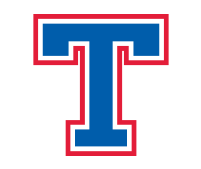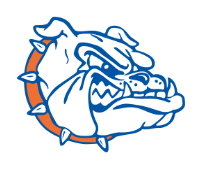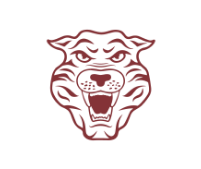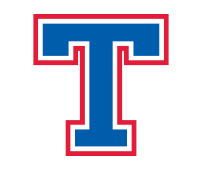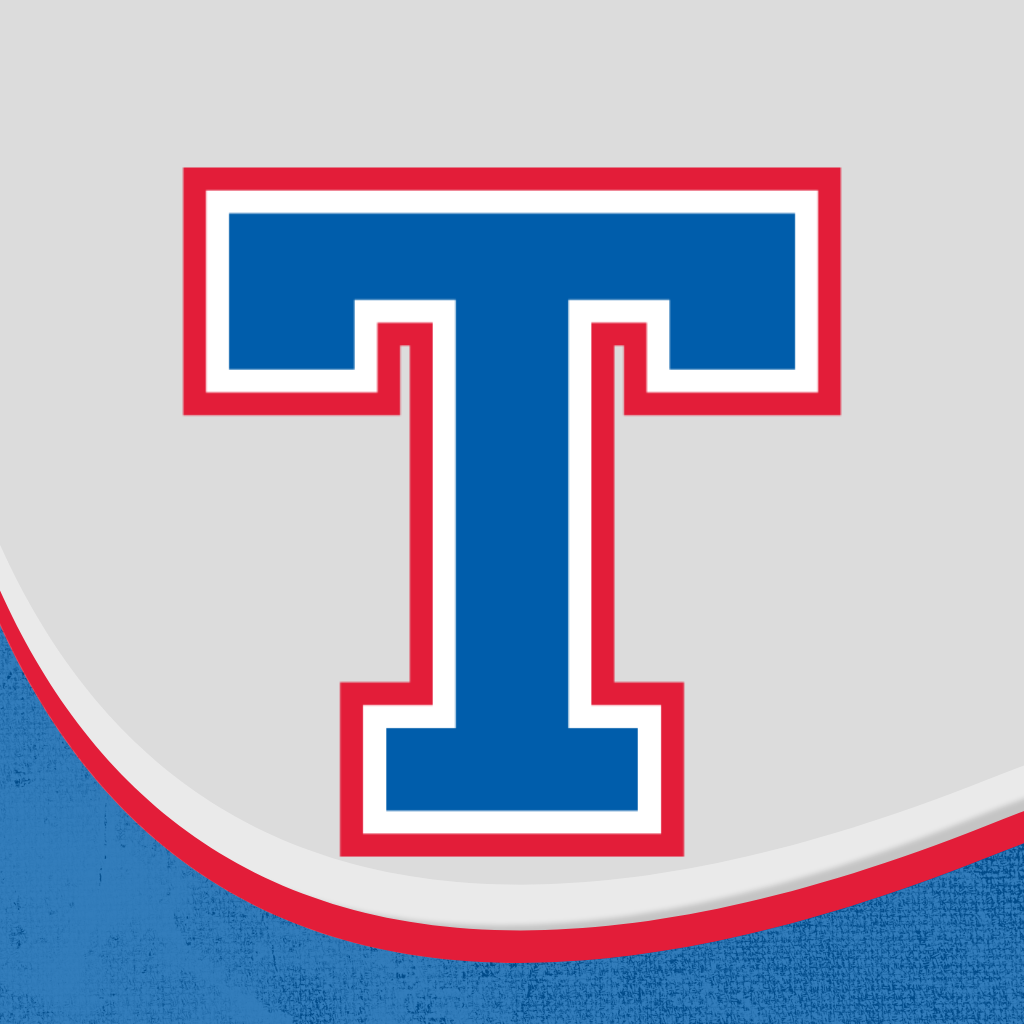Temple ISD Athletic Department
Guidelines for Concussion Management
Introduction
The Centers for Disease Control (CDC) estimates that there are approximately 300,000 cases of mild traumatic brain injury (MTBI) or concussions annually in the United States as the result of participation in sports. The Sports Concussion Institute estimates that 10 percent of athletes in contact sports suffer a concussion during a season. A 2006 report estimated that there were 92,000 cases of concussions in American high School sports annually, and that these rates seem to be increasing. Also of concern is the risk of repeated concussions and second impact syndrome to our young athletes. These two problems can have long lasting, and even terminal effects, on the individual. In order to have a standard method of managing concussions to Temple ISD athletes, the following guidelines are intended to serve as a written protocol for concussion management.
The UIL has adopted a new mandate voted on and passed by Texas State Legislature House Bill 2038. The bill is found under Chapter 38. Sub Chapter D of the Texas Education Code (TEC)
Definitions
Concussion or Mild Traumatic Brain Injury (MTBI) -A concussion or MTBI is the common result of a blow to the head or body which causes the brain to move rapidly within the skull. This injury causes brain function to change which results in an altered mental state (either temporary or prolonged). Physiologic and/or anatomic disruptions of connections between some nerve cells in the brain occur. Concussions can have serious and long-term health effects, even from a mild bump on the head. Symptoms include, but are not limited to, brief loss of consciousness, headache, amnesia, nausea, dizziness, confusion, blurred vision, ringing in the ears, loss of balance, moodiness, poor concentration or mentally slow, lethargy, photosensitivity, sensitivity to noise, and a change in sleeping patterns. These symptoms may be temporary or long lasting.
Second Impact Syndrome – Second impact syndrome (SIS) refers to catastrophic events which may occur when a second concussion occurs while the athlete is still symptomatic and healing from a previous concussion. The second injury may occur within days or weeks following the first injury. Loss of consciousness is not required. The second impact is more likely to cause brain swelling with other widespread damage to the brain. This can be fatal. Most often SIS occurs when an athlete returns to activity without being symptom free from the previous concussion.
Terms Associated with a Concussion-Bell ringer, Slobber knocker, Dinger, Buzzed, Rattled, Cobwebs, No one’s home but the lights are on. These are terms that can be used to describe or classify a concussion.
What can happen if my child keeps on playing with a concussion?
Athletes with the signs and symptoms of concussion should be removed from play immediately. Continuing to play with the signs and symptoms of a concussion leaves the young athlete especially vulnerable to greater injury. There is an increased risk of significant damage from a concussion for a period of time after that concussion occurs, particularly if the athlete suffers another concussion before completely recovering from the first one. This can lead to prolonged recovery, or even to severe brain swelling (second impact syndrome) with devastating and even fatal consequences. It is well known that adolescent or teenage athletes will often under report symptoms of injuries. And concussions are no different. As a result, education of administrators, coaches, parents and students is the key for student-athlete’s safety.
Concussion Management
Teach your child it’s not smart to play with a concussion. Rest is the key after a concussion. Sometimes athletes, parents, and other school or league officials wrongly believe that it shows strength and courage to play injured. Discourage others from pressuring injured athletes to play. Don’t let your athlete convince you that they’re “just fine.”
Return to Play Guidelines for Athlete
General Information for Parents
Temple ISD Athletics is committed to the health and safety of all student-athletes. This protocol follows UIL and state concussion management guidelines to ensure a safe and structured return to athletic activity. Rest is key after a concussion. Playing through a head injury is not a sign of toughness—it can lead to serious, long-term problems. If an athlete sustains a concussion, their brain needs time to heal. They should not return to play the same day and may only resume activity once a qualified healthcare professional confirms they are symptom-free and medically cleared and compete the RTP. . Safety and recovery always come first.
All athletes who sustain a head injury are required to be evaluated by a physician trained in the management of concussions. This requirement applies even if the athlete was initially seen at an emergency department or urgent care facility..
Upon returning to school, the student must check in daily with the Athletic Trainer. The Athletic Trainer or school nurse will closely monitor symptoms and recovery progress. Academic accommodations may be provided as needed, based on physician recommendations and observations..
Temple ISD Athletics utilizes the SWAY software program (High School only) to conduct cognitive and balance assessments as part of the concussion management protocol.
Before beginning the Return-to-Play (RTP) process, the student must be asymptomatic for a minimum of 24 hours. Light cardio activity may be permitted to maintain conditioning until the athlete is completely symptom-free..
Once symptom-free, the student will begin the progressive step-by-step RTP. Progression will advance at a rate of one step per day, provided symptoms do not return
The RTP steps are as follows:Light aerobic exercise jogging/bike (10-15 min) (20%-30%)
Aerobic exercise with no resistance training (40%-60%)
Sport specific activity - weights, skills only
Non-contact training drills with resistance training (physician clearance)
Full contact training drills - UIL RTP form and Dr Note must be on file with AT.
Note: Athlete progression continues as long as the athlete remains asymptomatic at the current activity level. If post-concussion symptoms occur, the athlete must wait 24 hours and return to the previous step before progressing again.
Final Clearance & Documentation
Before the athlete may return to unrestricted participation, the following must be completed:
RTP Steps 1–5 successfully completed
Physician clearance note on file
SWAY (HS only) assessment completed
UIL Concussion Return-to-Play Form signed by the parent/guardian and athletic trainer
All athletes must check in with the Athletic Trainer after Day 5 for final clearance and to complete the final SWAY baseline test.
Important Reminders
*Concussion recovery is individualized—progression may be modified based on symptoms, medical recommendations, and athlete response.
*Any recurrence of symptoms must be reported immediately to the Athletic Trainer.
*Physician clearance does not override the district’s step-by-step RTP process; both medical and school protocols must be followed.
Temple ISD has developed a protocol for managing concussions. This policy includes a multidisciplinary approach involving athletic trainer clearance, physician referral and clearance, and successful completion of activity progressions related to their sport.
Prevention Strategies
1. All headgear must be NOCSAE certified.
2. Make sure the headgear fits the individual.
3. For all sports that require headgear, a coach or appropriate designate should check headgear before use to make sure air bladders work and are appropriately filled. Padding should be checked to make sure they are in proper working condition.
4. Make sure helmets are secured properly at all times.
5. Mouth guards should fit and be used at all times. They also need to be checked throughout the season to maintain their integrity and proper function.
Evaluation on for Concussion/MTBI
1. At time of injury administer one of these assessment tests:
a. SWAY assessment
b. Sports Concussion Assessment Tool 2 (SCAT2)
c. Graded Symptom Checklist (GSC)
cd. Sideline Functional & Visual Assessments
e. On-field Cognitive Testing
2. An athlete does not return to a game or practice if he/she shows any signs and/or symptoms of a concussion or if a coach, athletic trainer, parent or other health care provider suspects a concussion.
School modifications
a. Notify school nurse and all classroom teachers of the student that he/she has MTBI
b. Notify teachers of post concussion symptoms
c. Ask teachers to contact you with concerns or observations of abnormal student behavior
d. Student may need special accommodations such as limited computer work, reading activities, testing, assistance to class, etc. until symptoms subside
e. Student may only be able to attend school for half days or may need daily rest periods until symptoms subside
References
1. McCrory, Paul, et al. Summary & Agreement Statement of the 2nd International Conference on Concussion in Sport, Prague 2004; Clinical Journal of Sports Medicine, March 2005
2. Guskiewicz, Kevin M, et al. National Athletic Trainers Association Position Statement: Management of Sport-Related Concussion; Journal of Athletic Training, Sept. 2004
3. www.ImPacttest.com
4. www.healthsystem.virgina.edu/internet/neurogram
5. www.cdc.org
6. www.brainline.org
7. www.uiltexas.org
8. Presbyterian Sports Network, Sports Concussion Management Protocol
9. Mesquite ISD Concussion policy
10. Lake Dallas ISD Concussion policy
11. Round Rock ISD Concussion policy
12. SWAY Medical
13. National Athletic Trainers Association
